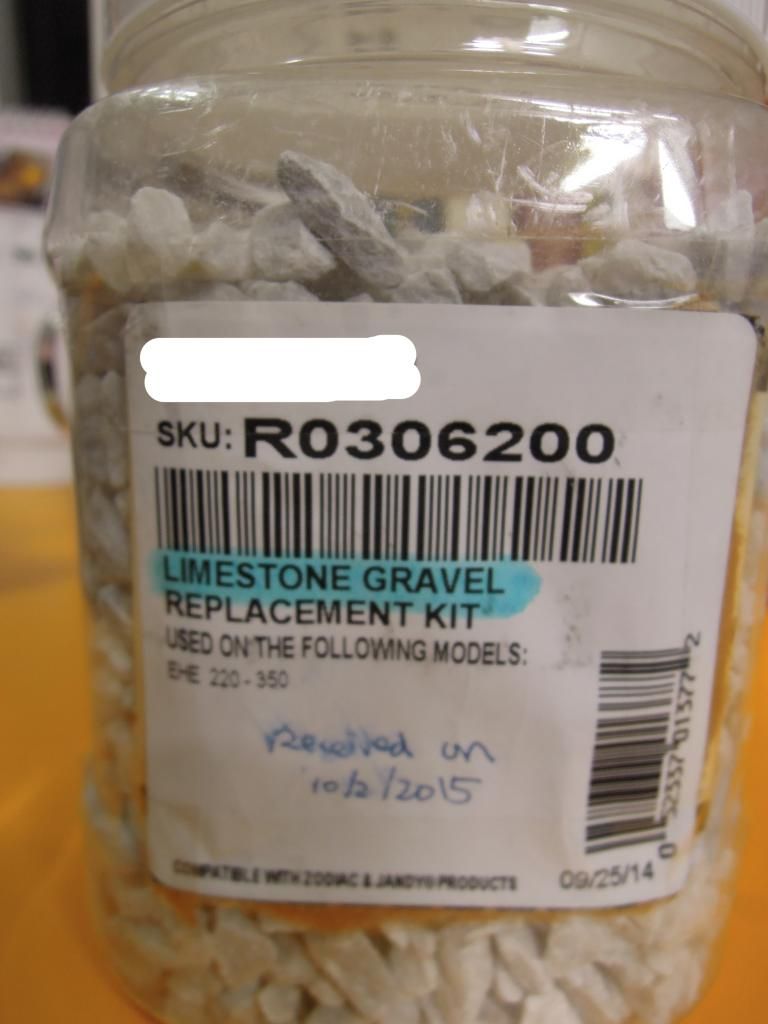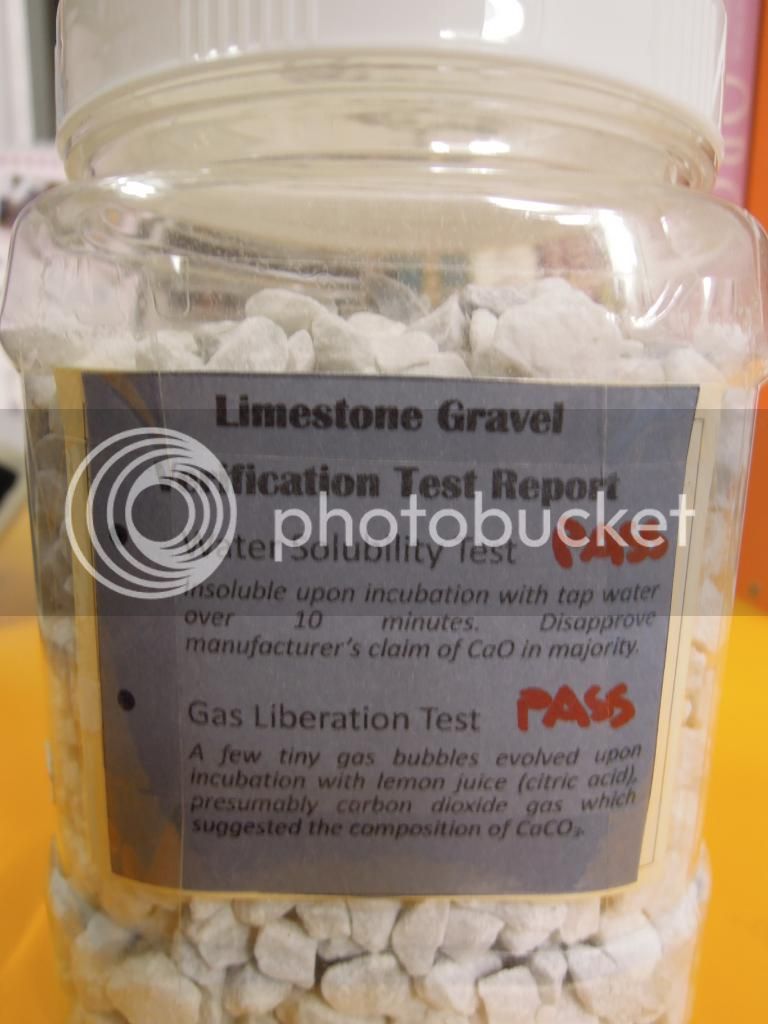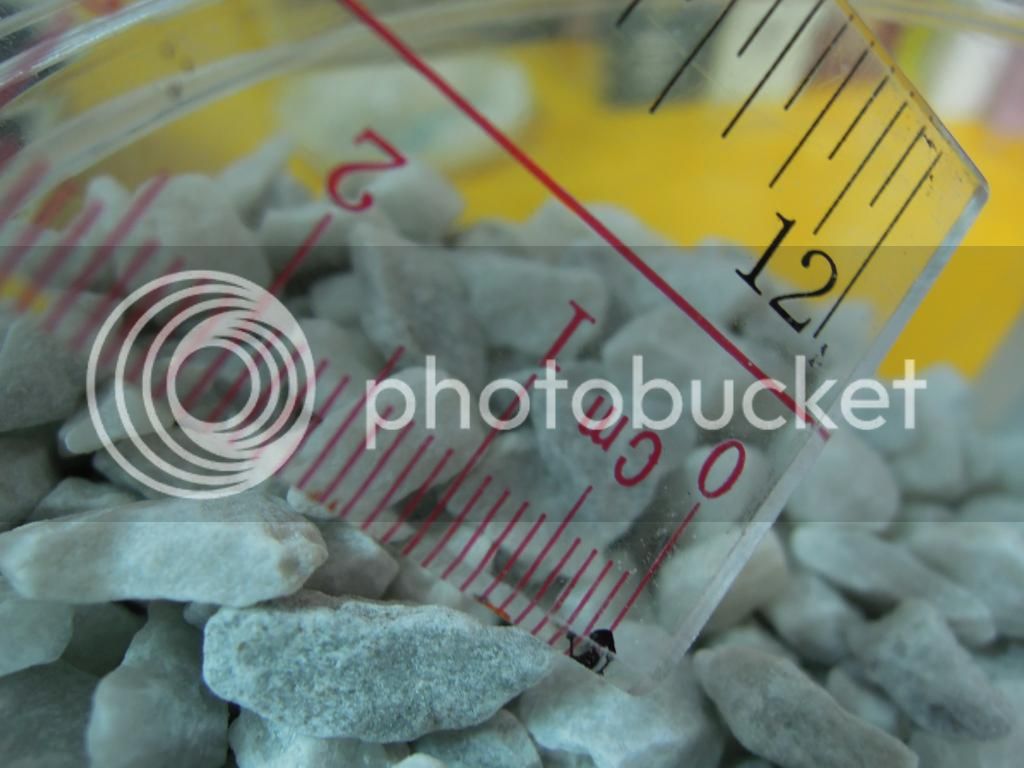Kawarthapine
Kawarthapine
I usually add a combination of oyster shell and silica sand to tweak the ph and help improve leaf vigor amongst my paphs and phrags.
I'm out of my home-made mix and Paph Magic and wonder if anyone has tried adding simple landscaping grade, limestone screenings. Note: My mix typically includes coconut husk, sphagnum moss, charcoal and sponge rock/perlite. I don't let my plants sit in water unless I am away and replace medium every 12-18 months.
I have found lots of local, terrestrial orchids growing on and near limestone, but am not sure about application rates for the crushed, commercial variety.
Can anyone offer feedback, endorsements, cautionary notes, etc...
Many thanks!
Kawarthapine
I'm out of my home-made mix and Paph Magic and wonder if anyone has tried adding simple landscaping grade, limestone screenings. Note: My mix typically includes coconut husk, sphagnum moss, charcoal and sponge rock/perlite. I don't let my plants sit in water unless I am away and replace medium every 12-18 months.
I have found lots of local, terrestrial orchids growing on and near limestone, but am not sure about application rates for the crushed, commercial variety.
Can anyone offer feedback, endorsements, cautionary notes, etc...
Many thanks!
Kawarthapine






